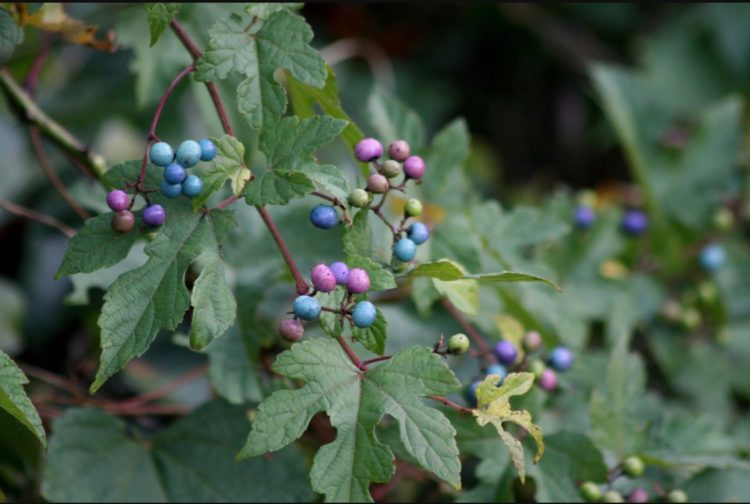
Read the article on page 3 of the digital newspaper at GreenwichSentinel-5-10-24.pdf

Read the article on page 3 of the digital newspaper at GreenwichSentinel-5-10-24.pdf
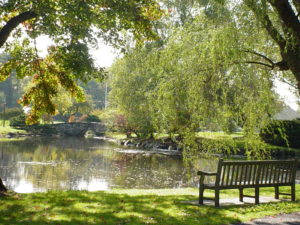
A great op ed written by Margaret Renkl titled “Why Aren’t We Saving the Urban Forests?” was featured in the NY Times on April 22nd.
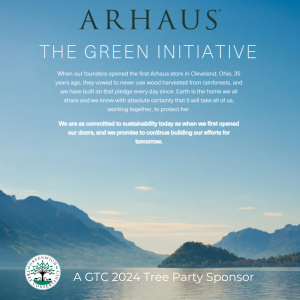 Arhaus, an artisan-crafted furniture company, has opened a new 5,300 square foot showroom in Greenwich.
Arhaus, an artisan-crafted furniture company, has opened a new 5,300 square foot showroom in Greenwich.
“In celebration of the Greenwich showroom opening and in support of its ongoing Green Initiative, Arhaus will make a $10,000 contribution to The Greenwich Tree Conservancy Inc., a nonprofit organization dedicated to preserving and enhancing the tree and forest resources of Greenwich. To learn more about The Greenwich Tree Conservancy Inc., visit GreenwichTreeConservancy.org.”
Read the full press release at Arhaus Announces Showroom Opening in Greenwich, Connecticut.
Thank you, Arhaus, for your generous contribution.
Arhaus is located at 45 East Putnam Avenue, Greenwich, CT.
By Anne W. Semmes
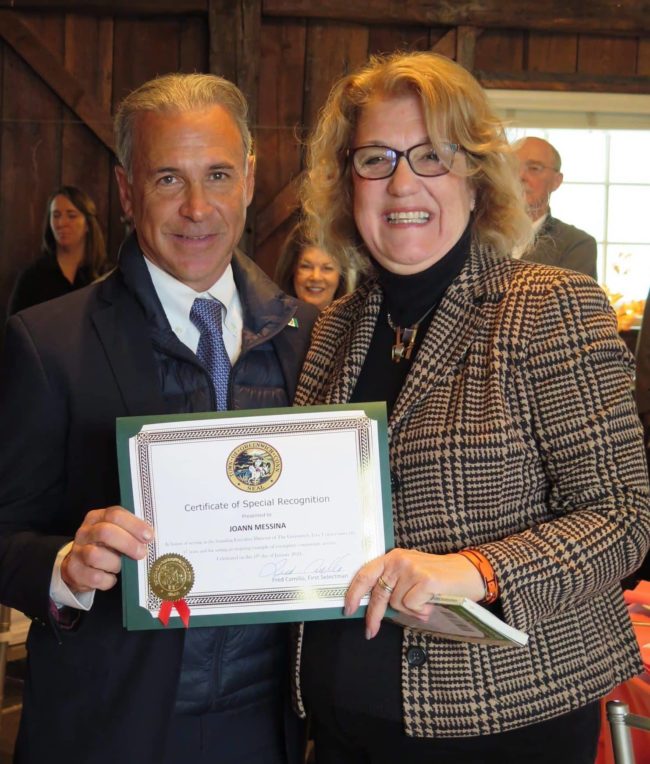
Just how a town can come together to green its public spaces with trees was plain to see last Friday at a gathering of some 55 Town Greenwich officials and nonprofit leaders in the Barn at the Greenwich Historical Society. The occasion was a “Goodbye” arranged by the Greenwich Tree Conservancy (GTC) for its long-serving executive director JoAnn Messina, retiring after 17 years from the inception of the GTC, during which 6,000 trees were added to the Town.
Read the full article at How the Greenwich Tree Conservancy builds a community of tree lovers and tree planters – Greenwich Sentinel
Join the Sustainability Committee for informative and educational discussions on how the Greenwich Sustainability Sectors are responding to the challenges of the climate crisis.
The Speaker Series takes place at the Second Congregational Chapel from 1:00 – 2:30pm
Please visit our webpage: greenwichct.gov to sign up for our newsletter and follow us @greenwichsustainability to receive updates.
LAND AND WATER: September 28, 2023
Forests, Trees and Brain Health
Community Partner: Greenwich Tree Conservancy
WASTE REDUCTION: October 24, 2023
Waste Injustice: Impacts and Solutions
Community Partner: Waste Free Greenwich
COMMUNITY CULTURE: November 28, 2023
Building Ecological Climate Resilience Through Native Plant Landscaping
Community Partner: Greenwich Land Trust
FOOD SYSTEMS: January 30, 2024
Regionalizing the Food System in Response to Climate Change
Community Partners: Greenwich Community Gardens and The Foodshed Network
LEGISLATION AND ADVOCACY: February, 2024
BUSINESS: March 26, 2024
The Business Case for Sustainability: Why is it Important for Business to Adopt Sustainable Practices?
CLIMATE RESILIENCY: April, 2024
Climate Change Impacts in Greenwich: What Do We Need to Prepare For and How?
TRANSPORTATION AND AIR QUALITY: May 28, 2024
Spare the Air: Smog Season Starts with a Call to Drive Less and Landscape Responsibly
Contact Kim Gregory @ staglanefarm@yahoo.com with any questions.
Greenwich Sustainability Committee Speaker Series is in partnership with Coffee for Good and Second Congregational Church.
Original Source: Greenwich Sustainability Committee Speaker Series: Save the Dates | Greenwich Free Press
More info on this month’s event. To RSVP, email Kim Gregory at staglanefarm@yahoo.com.
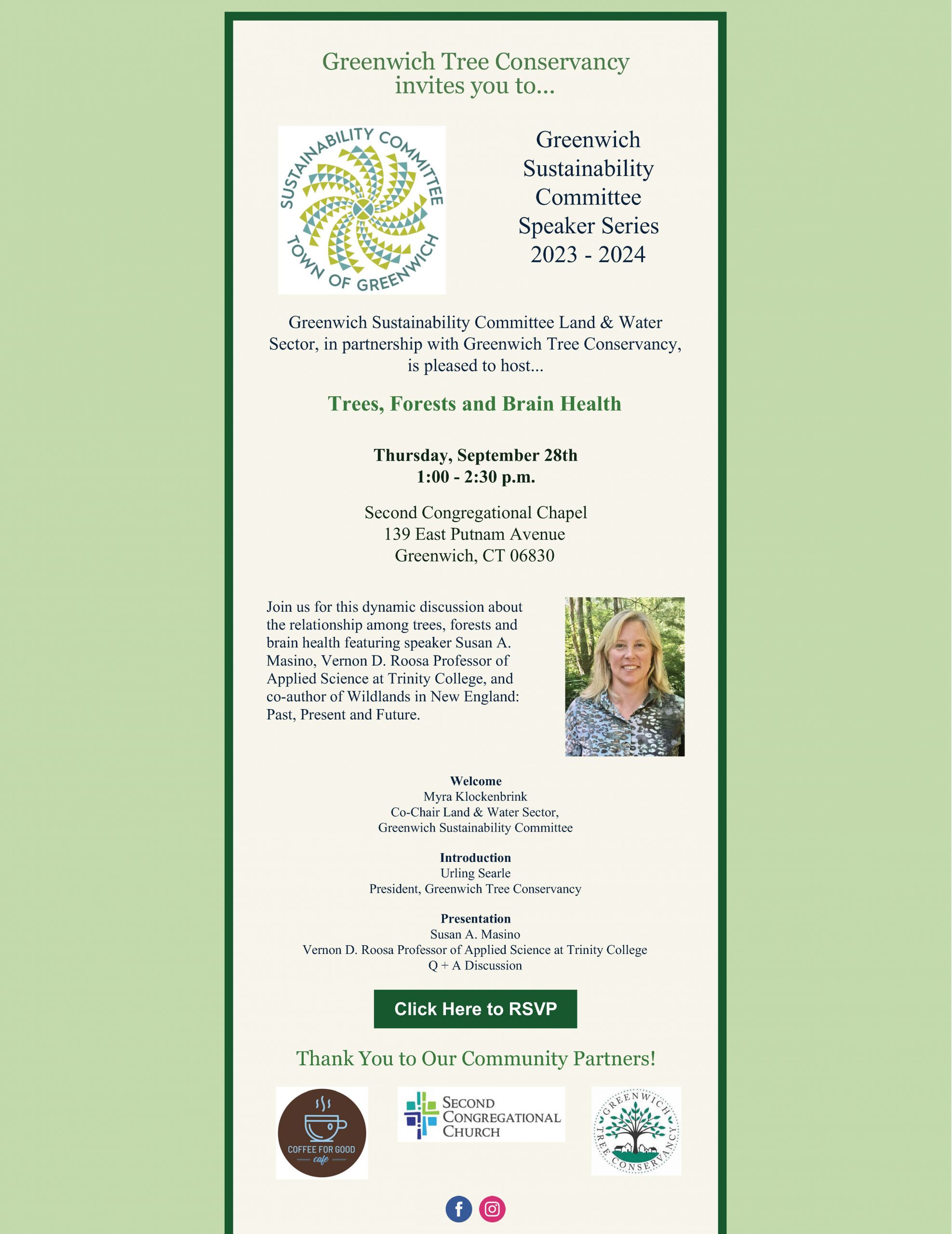
In five years, Connecticut Department of Transportation’s budget for tree maintenance has nearly tripled in an effort to tackle what the department calls a “critical need” to address dangerous trees along the state’s roadways after years of drought and damage by invasives like emerald ash borer and gypsy moth.
But those efforts have raised the concerns of nonprofits dedicated to protecting some of the state’s trees and parkways who say that the department’s maintenance decisions can be haphazard and needlessly loss of mature trees.
CTDOT currently employs two Connecticut-licensed arborists within the Bureau of Highway Operations, and a department spokesperson told CT Examiner that four others on staff are in the process of obtaining a state arborist license. About 60 workers are assigned to tree maintenance.
Wes Haynes, executive director of the Merritt Park Conservancy, a nonprofit dedicated to revitalizing and celebrating the National Register and National Scenic Byway told CT Examiner that his group’s relationship with the construction side of the Department of Transportation is cordial and productive, but the maintenance side is another story.
“We don’t work very well with [maintenance] on that,” Haynes said. “Sometimes, they will get their wrist slapped by us and they don’t misbehave for a while and then, all of a sudden, they are back to taking [mature] trees down.”
Haynes said he believes the disconnect between the construction side and the maintenance side might be due to where the money comes from.
“The key is that there is federal money in the construction projects that triggers our participation.” Haynes said. “There is usually not federal money in the maintenance of the parkway and, therefore, maintenance feels they are independent of being good stewards of the parkway.”
Haynes suggested that a lack of funding might encourage a broader-brush approach to highway maintenance.
“They take down trees that they feel have to be taken down, but we do not always agree with them,” Haynes to CT Examiner. “They take them down, I believe, because they are wildly underbudgeted and, so, they get one shot at it. And, they say, ‘Well even if the tree isn’t a problem now it’s going to be a problem in five years, but let’s take it down prematurely now. So, there is no real planning that goes into the maintenance sector. They are pretty independent of the rest of the agency.”
But in emailed answers to questions sent by CT Examiner, the department suggested that what may seem like needless cutting to the untrained eye is necessary for the safety of vehicles on the state’s roadways.
“Dead, diseased and decaying trees must be removed. Trees that have grown into the ‘clear zone,’ which is the safe space along the side of the roadway, are also removed,” department officials explained. “This is to save lives in the event of a crash or vehicle leaving the roadway. A car crashing into a tree is like hitting a brick wall. Seventy-two people died between 2020-2022 due to crashing into a tree or having a tree fall on their vehicle…. Healthy trees are not removed unless they impact the clear zone and roadway safety.”
According to CTDOT, the department’s budget for tree maintenance has increased from $4.9 million in 2018, to $13.5 million last fiscal year and the department has had no difficulties hiring workers or employing sufficient numbers of trained staff.
The department told CT Examiner that its crews and outside contractors supervise, inspect and ensure safety while tree removal projects occur, and a Connecticut-licensed arborist and environmental planner review maintenance projects that involve tree cutting. A licensed arborist is not required to be on-site following initial evaluation, however.
Still, Haynes and others say there is a disconnect and that there needs to be more communication between CTDOT and conservancy and other groups.
Haynes noted that the maintenance division will often attend meetings of the Merritt Parkway Advisory Commission and “sometimes they will mention they are doing tree work and sometimes they do not. It’s completely random.”
JoAnn Messina, who has served as executive director of the Greenwich Tree Conservancy for the last 16 years, told CT Examiner that she’s often found that the maintenance division was uncommunicative as far as the number of trees that are taken down.
Messina estimated that “hundreds” of trees along the highway of I-95, the Merritt Parkway and Route 1 in Greenwich have been removed in the past year.
“They are supposed to talk to the town and the tree warden; but they often talk in generalities,” Messina said. “We need more communication. They need to realize that there is a benefit to having trees for the environment.”
There are currently several tree removal projects that are either currently ongoing or that were recently completed on the Merritt, especially in the Greenwich area, and in western Connecticut on I-84; and along the Route 7 Interstate in Norwalk and New Canaan.
Haynes said he’s hoping the state’s vegetation guidelines can be updated and “that we can get a new state policy that will help us protect the trees that do not need to come down and also to replant the trees that have to come down with new trees.”
Haynes said: “I think these are all fixable problems. We just need a little more enlightenment within the DOT and a little more trust in that we are not just out there to save every tree that is a threat to traffic. We want to keep the character of the parkway and the character of the parkway includes mature trees and young trees.”
Steven Trinkaus, who has a degree in forest management and whose business, Southbury-based Trinkaus Engineering, conducts civil engineering work, told CT Examiner that CTDOT “seems to be doing randomized clearing” of trees, especially near the Newtown and Southbury area along I-84.
Trinkaus said trees, even along the highways, have benefits.
Trees up to 10 years old “sequester about 13 pounds of carbon per year,” said Trinkaus, while trees between 10 and 80 years old, which are what is normal in New England, sequester about 48 pounds of carbon a year.
“That is great for the environment,” he said. “Trees have many benefits in that they provide shade, trees intercept rainfall and they can take in carbon dioxide and give you oxygen back.”
This story originally appeared in the CT Examiner at: Connecticut Triples Budget for Tree Cutting Prompting Concerns – CT Examiner
An excerpt from the article regarding the Greenwich Planning & Zoning commission’s discussion of the Central Middle School pre-application on the removal of 1800 trees.
JoAnn Messina, chair of the Greenwich Tree Conservancy, said while she understood the importance of student safety, she was concerned about the tree count and the loss of mature tree canopy.
“We do not have a wonderful track record with the Board of Ed,” she said.
Like Mr. Popp, Messina urged that replacement trees be fully budgeted.
“Again, we have history with Greenwich High School, New Lebanon and Hamilton Avenue school that the trees were not planted as approved by a plan. It’s really important that we do that.”
Messina mentioned that if there weren’t enough locations for replacement trees at CMS, they could be planted on other school campuses, which has been done in the past.
Click here to read the full story on Greenwich Free Press.
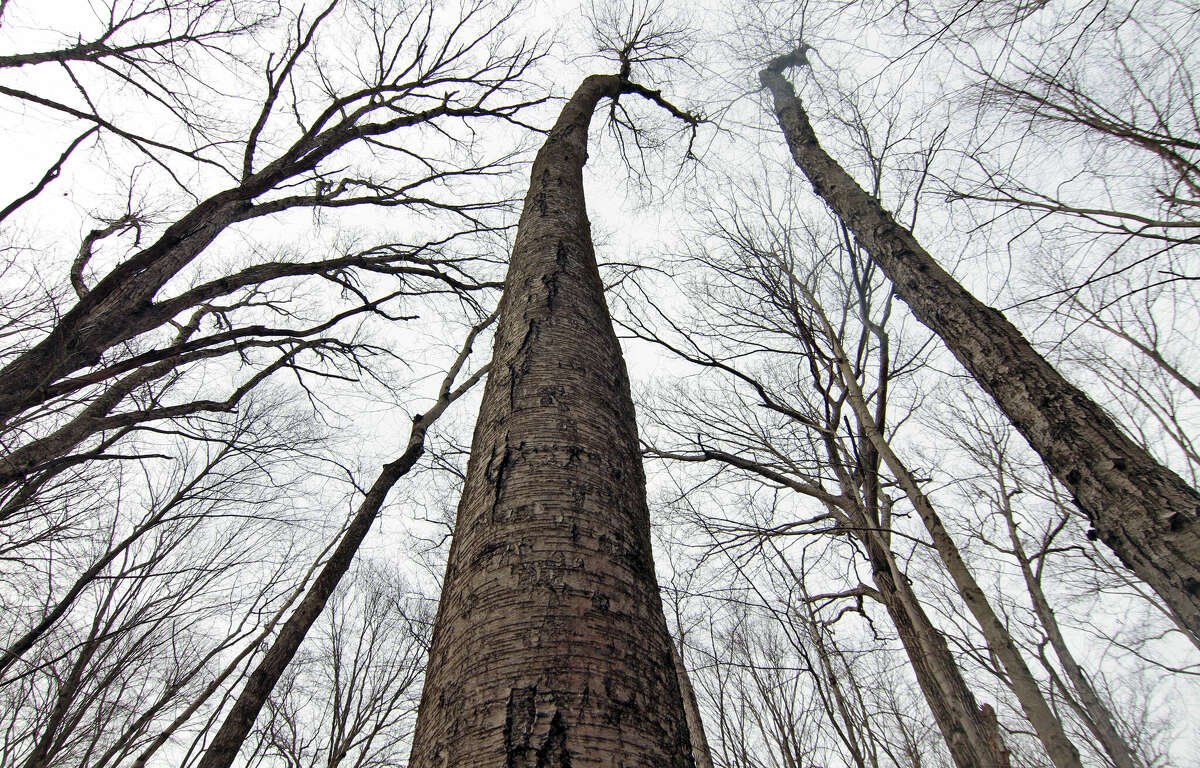
An Excerpt from “Opinion: Time for the Forest Service to protect old trees” by Henry Foushee, first published at Our climate depends in part on protecting old-growth forests (ctpost.com).
Who would’ve thought that the U.S. Forest Service could fail to see the forest for the trees?
National forests contain over 90 percent of federal mature and old-growth forests. More than three-quarters of this area is open to logging. That is shortsighted. New growth takes decades to reach maturity, and potentially centuries to attain the structural and biological diversity of an old-growth forest. Such harvesting also jeopardizes the stability of endangered species populations and increases wildfire risk.
Climate change makes protecting these areas all the more important. Mature and old-growth forests remove enormous amounts of carbon dioxide from the air. When these forests are logged, much of this carbon returns to the atmosphere, and their carbon removal capacity is lost. Yet, even as the Forest Service seeks public comment to guide new regulations, it intends to open up hundreds of thousands of acres of mature and old-growth forest to logging. To do so would severely harm efforts to combat climate change. The Forest Service must ban logging in mature and old-growth forests.
A climbing vine on a mature tree can be a charming sight, particularly when its flowers are in full bloom or when a bird stops to enjoy a fall berry. The more complicated and disturbing issue is that many of the vines you see are extremely harmful to our trees.
The simplest way to differentiate the good players from the bad players may just be to watch how quickly they grow. Native vines and some ornamental species that are shade tolerant, grow on and around our trees without causing harm. We are also being confronted with a number of non-native species spreading so voraciously they are now becoming monocultures that often smother and kill trees.
You have likely noticed the mats of green covering shrubs and trees in open and disturbed areas along roadways and highways. The most dangerous culprit may be the Mile-a-minute vine, Persicaria perfoliate, an East Asian species first reported in Pennsylvania in the 1930’s found in contaminated nursery soil. It can grow 6 inches in a single day forming a dense tangled blanket of intertwined vines. It takes hold in disturbed areas where sun is able to reach the ground where it wasn’t able to before and continues to spread in contaminated soil found on machinery and along wetlands and stream beds. The situation has become so serious that UCONN is asking you to report its location using this form – https://cipwg.uconn.edu/report-mam/.
Many of these invasive vines were introduced for their larger flowers, longer blooms and berry production and can still be beautiful garden plants. The trouble starts when they break free of these bounds to compete for light, water and space with vines native to our region. Birds disseminate their seeds and, as non-natives, they have no competing species to control their growth.
Take for example American Bittersweet, Celastrus scandens vs. Oriental Bittersweet, Celastrus orbiculatus Thunb. American bittersweet is a climbing vine with an attractive autumn fruit of showy orange-red seeds which songbirds eat for fuel on cool fall days. Do not confuse this with Oriental Bittersweet, an ornamental vine introduced in 1879 that can grow 60 feet a year. The weight of mature vines can topple even the largest trees as they wind around trunks in a process known as “girdling” and eventually strangle the tree.
Another culprit is Porcelain berry, also known as Amur Peppervine, Ampelopsis glandulosa, an Asian vine in the grape family with heart shaped leaves once prized for their almost iridescent pink-purple-azure berries. It has been widely planted and is now highly invasive along forest edges and disturbed areas where birds and small mammals enjoy eating the beautiful berries, helping it spread rapidly over long distances. Our southeastern native, Heartleaf Peppervine, Ampelopsis cordata, now found in Connecticut, will not dominate and also features heart shaped leaves with smaller showy white berries that birds like to eat.
And then there are the Ivy’s… and this is not about education. A native you may be all too familiar with and would prefer not to be is Poison Ivy, Toxicodendron radicans. While it readily climbs trees, it rarely causes damage. While birds and other wildlife feast on its berries, it is best left in areas far from patios and paths to avoid unpleasant, and sometimes dangerous, skin irritations. How does something as sweet sounding as English Ivy do so much damage? English Ivy grows along the forest floor as well as up trees and crowds out most all other species. It can be a useful garden ground cover but it knows no boundaries and is an extremely problematic vine now readily seen in wooded areas. CT has recorded a 90-foot-long vine with a 1-foot diameter!
Two others to be on the lookout for are Autumn Clematis, Clematis terniflora, an ornamental introduced in the 1890’s and Kudzu vine, Pueraria montana, the vine that ate the south and now seen in Greenwich.
The stunner of all climbing vine blossoms might be the Wisteria. Connecticut has a native species, American Wisteria, Wisteria frutescens, which does not grow as aggressively as the Japanese, Wisteria floribunda, that twines counterclockwise and Chinese Wisteria, Wisteria sinensis, which twines clockwise. Both have been favored in garden centers for many decades. You can most easily distinguish them by when they bloom as our native Wisteria blooms June – August and the non-natives March -May.
Our trees need us to be more attentive than ever before. We quite naturally see them as part of the green backdrop of our lives. Take a moment to look a bit closer and steward them more thoughtfully so that you can enjoy the many benefits they provide for years to come. Vine identification and removal when necessary is a valuable component of tree care. When you see trees becoming covered in vines; take action. You can make a quick identification using a leaf ID app or speak with your tree care professional.
The Greenwich Tree Conservancy, in partnership with the town of Greenwich, removes vines where possible to protect the health of our town tree canopy and encourages you to care for the trees on your property and in your neighborhood. If we can be of any assistance please reach out at greenwichtreeconservancy@gmail.com

